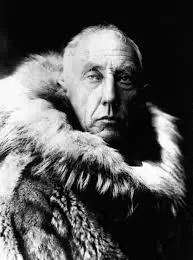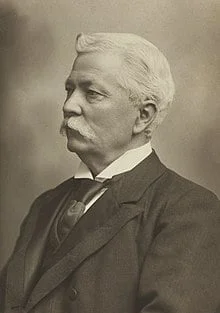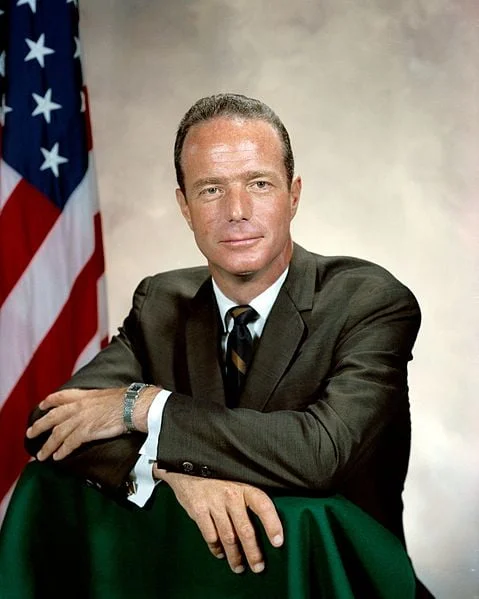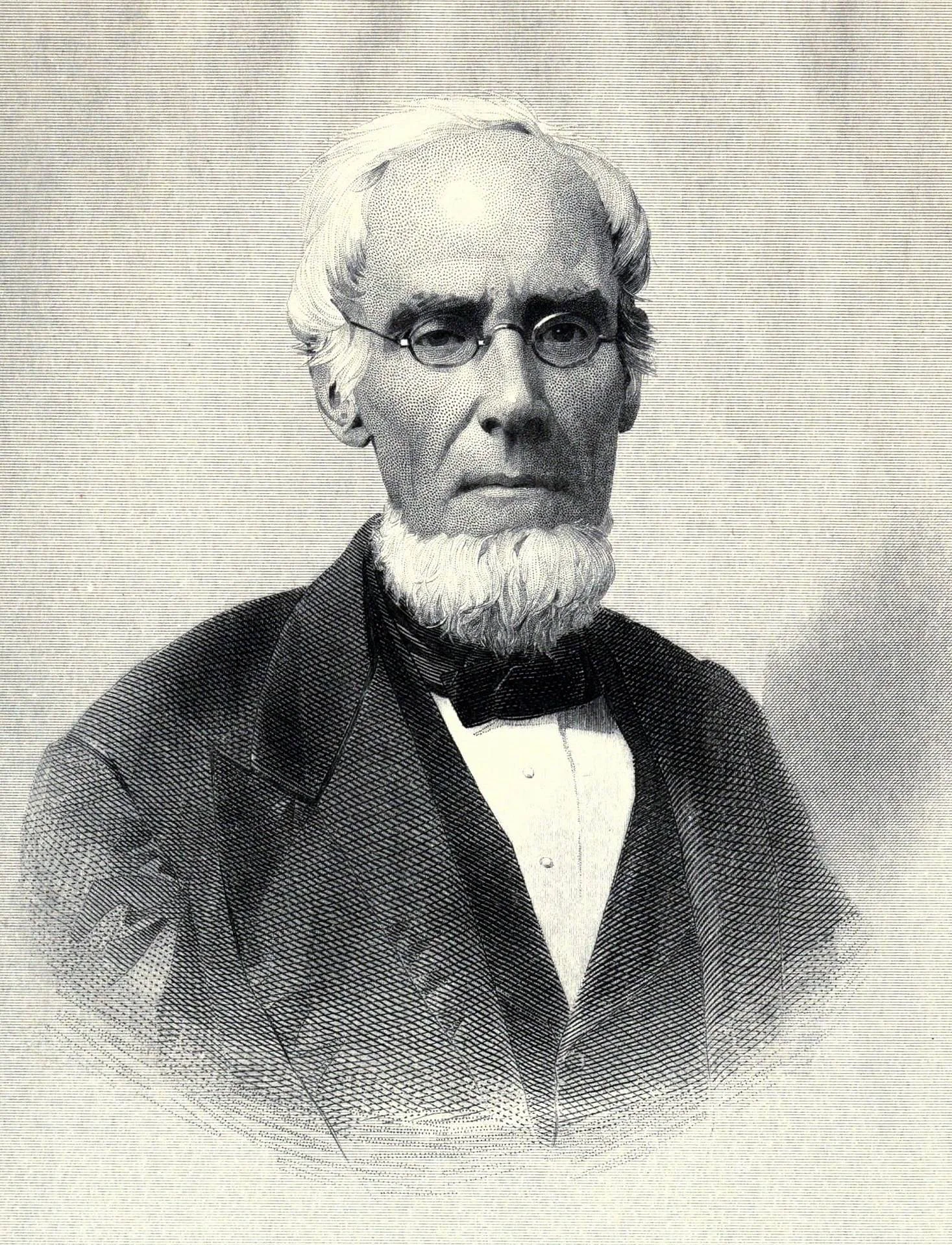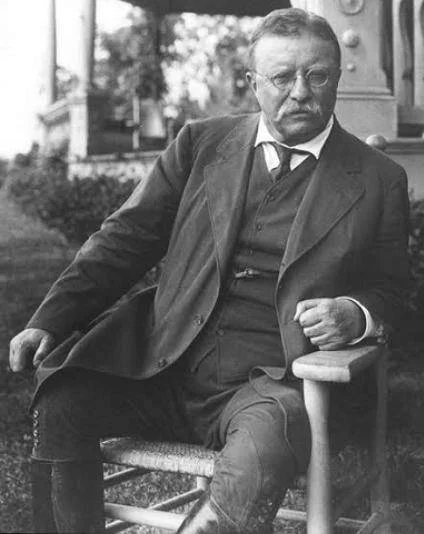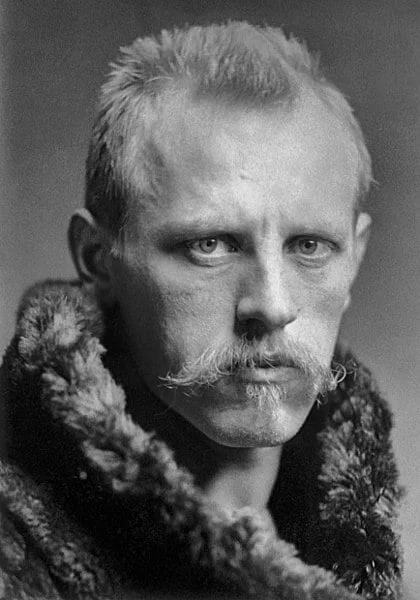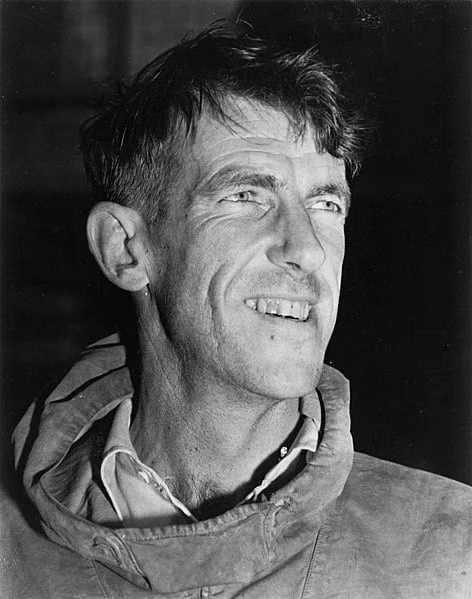Real Celebrities Never Die!
OR
Search For Past Celebrities Whose Birthday You Share
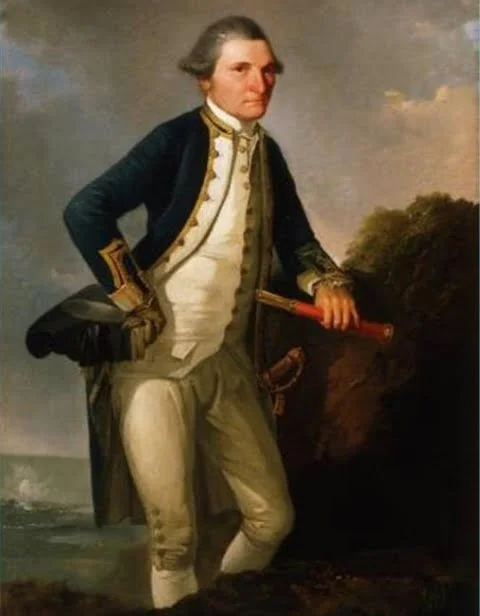
source :https://upload.wikimedia.org
James Cook
Birthday:
07 Nov, 1728
Date of Death:
14 Feb, 1779
Cause of death:
slaughtered
Nationality:
British
Famous As:
Cartographer
Age at the time of death:
50
Early Life and Education
Captain James Cook was born on November 7, 1728, in Marton, Yorkshire, England, as the second of eight children. He grew up on Airey Holme farm in Great Ayton with his father, James Cook, a Scottish farm laborer, and his mother, Grace Pace. Despite limited formal education, Cook showed a keen interest in mathematics, astronomy, and charting from a young age. He attended a local school for five years and worked for his father, the farm manager. At 16, he moved to Staithes and was apprenticed as a shopboy to haberdasher William Sanderson but left after 18 months. Later, Cook met John and Henry Walker and was taken on as a merchant navy apprentice, serving on vessels that transported coal. After completing his apprenticeship, Cook worked on trading ships in the Baltic Sea, eventually passing his examinations and earning a promotion.
Royal Navy Career and Early Achievements
In 1755, Cook volunteered for the Royal Navy as Britain prepared for the Seven Years’ War. His naval career flourished, and he made noteworthy contributions in navigation and cartography. Early on, Cook served on various ships and was praised for capturing a French warship. He passed his master’s examination, qualifying as a ship navigator. His talent for surveying and cartography became well-known, particularly after his work mapping Newfoundland. Cook’s contributions also extended to astronomy, including his observation of a solar eclipse in 1766. His detailed maps of Newfoundland were still in use well into the 20th century.
First Voyage (1768-1771)
Cook’s first voyage, from 1768 to 1771, aimed to observe and record the 1769 transit of Venus in order to calculate the Earth’s distance from the sun. Promoted to lieutenant, Cook sailed aboard HMS *Endeavour*. He circumnavigated New Zealand and charted the eastern coast of Australia, laying the groundwork for British colonization. He made the first recorded European observations of Aboriginal Australians and landed at Botany Bay. This voyage contributed significantly to the understanding of Pacific geography, mapping, and interactions with native peoples.
Second Voyage (1772-1775)
In 1771, Cook was promoted to commander and embarked on a second expedition in 1772, commissioned by the Royal Society. The goal was to find the hypothetical southern continent, Terra Australis. Aboard HMS *Resolution*, Cook circumnavigated the southern hemisphere, crossing the Antarctic Circle. He charted South Georgia, the South Sandwich Islands, and Clerke Rocks. His excellent mapping debunked the myth of Terra Australis. Upon returning to England, Cook received honors and began preparing for a third voyage.
James Cook's Quote's
Third Voyage (1776-1779)
Cook’s third and final voyage, from 1776 to 1779, was aimed at locating the Northwest Passage around North America. Commanding HMS *Resolution* and accompanied by Captain Charles Clerke, Cook became the first European to contact the Hawaiian Islands, naming them the “Sandwich Islands.” He explored the west coast of North America, crossing the Bering Strait and reaching Alaska, further contributing to the mapping of the Pacific region.
Tragic Death in Hawaii
In 1779, Cook returned to the Hawaiian Islands and landed at Kealakekua Bay. Some Hawaiians believed Cook was an incarnation of the god Lono, as the ship’s appearance resembled their religious artifacts. However, tensions escalated after a series of misunderstandings, culminating in the theft of one of Cook’s boats. In response, Cook attempted to kidnap King Kalaniʻōpuʻu, but he was killed by the Hawaiians on February 14, 1779, at the age of 50.
Legacy and Contributions
Cook’s voyages significantly advanced the understanding of global geography, navigation, and cartography. His meticulous mapping of previously uncharted areas of the Pacific contributed to both European exploration and the eventual colonization of places like Australia and New Zealand. To this day, he is remembered as one of the greatest explorers in history, leaving a lasting legacy in science and exploration.
Name:
James Cook
Popular Name:
James Cook
Gender:
Male
Cause of Death:
slaughtered
Spouse:
Place of Birth:
Marton, Yorkshire, Kingdom of Great Britain
Place of Death:
Kealakekua Bay in present-day Hawaii, U.S.
Occupation / Profession:
Personality Type
Adventurer: Flexible and charming artists, always ready to explore and experience something new. Because he was so adventurous, he took many risks and explored unfamiliar territories.
Natives mistook James Cook for a god when he landed in the Hawaiian Islands.
James Cook's ship Endeavour nearly sank on the Great Barrier Reef.
There are several spacecraft that have been named after James Cook by NASA.
He also explored the Pacific, covering areas such as Hawaii, Tahiti, and the northwest coast of North America during three separate voyages.
Cook circumnavigated and mapped the entire coastline of New Zealand. His meticulous charts and maps laid the foundation for future navigation and exploration in the region.
James Cook’s major achievement was leading the HM Bark Endeavour on a scientific expedition to the Pacific Ocean.
He charted and mapped the eastern coast of Australia during his first voyage. This laid the groundwork for the subsequent European exploration and colonization of the continent.
